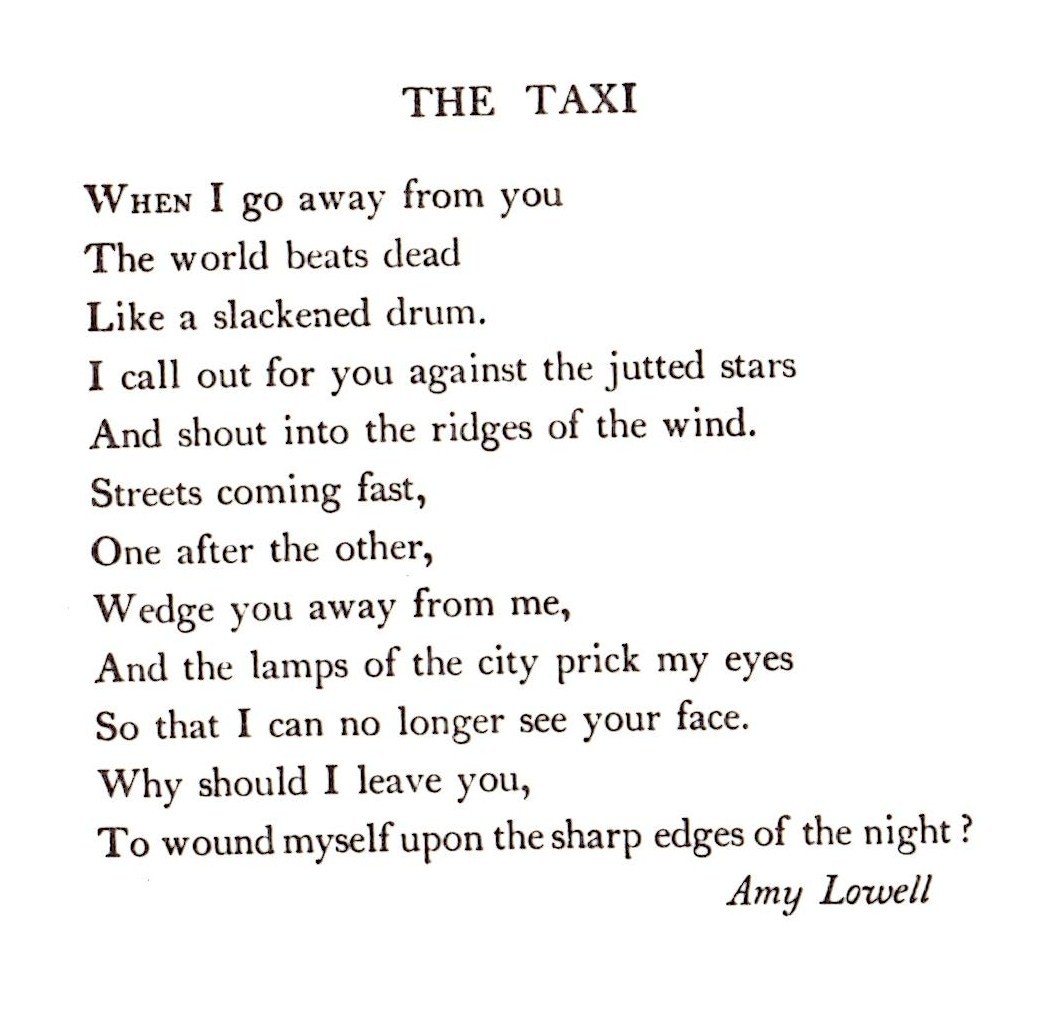

off task?) without needing on any prior information about the person. The goal of any “good” TUT detector is to provide a real-time assessment about one’s cognitive state (i.e., are they on vs.

Here, we take the first steps toward this goal, which is to identify effective low-cost methods for TUT detection in interactive contexts.ĭetecting TUT in real-time is a growing area of interest, presumably for both measurement purposes and due to the link between TUT and task performance. For example, knowing when and how often someone was off task in conversational contexts may eventually help facilitate more effective conversations, particularly in remote education and health contexts. Accurate real-time detection offers unique opportunities for interventions or personalized feedback (S. TUT is currently almost exclusively measured via self-reports using online experience sampling or ecological momentary assessments, both of which necessarily interrupt ongoing tasks to obtain real-time assessments. Cost-effective, stealth assessments of TUT in real-time offer novel ways to measure TUT without interruptions or task demands. The current work takes a step in this direction by presenting the first real-time detector of TUT in the context of computer-mediated conversations using keystroke analyses. Whether positive or negative, the frequency and consequences of TUT highlight the need for reliable methods to detect its occurrence-especially using low cost, unobtrusive metrics in everyday life tasks. TUT is not only remarkably frequent, it also has functional implications in our everyday lives, including affective (Killingsworth & Gilbert, 2010 Mills et al., 2021), educational (D’Mello & Mills, 2021 Smallwood et al., 2007), and clinical correlates (Arch et al., 2021), (Marchetti et al., 2016). TUT, often used synonymously with the term mind-wandering (Mills et al., 2018), occurs in virtually every scenario of our lives while we are awake (Killingsworth & Gilbert, 2010)-whether it be driving, reading or watching videos. These are both examples of what is known as task-unrelated thought (TUT), which is defined here as an internal mental state that is unrelated to one’s current task (Smallwood & Schooler, 2015). You may have started thinking about what you needed to do later that day, or something they said may have triggered you to think about a memory from the past. Despite your intentions to stay engaged with the conversation, your mind may have-and likely did-drift away from the conversation at times. Imagine a recent conversation with a friend.


 0 kommentar(er)
0 kommentar(er)
